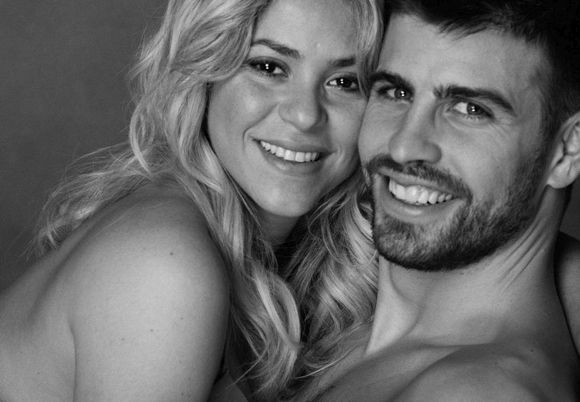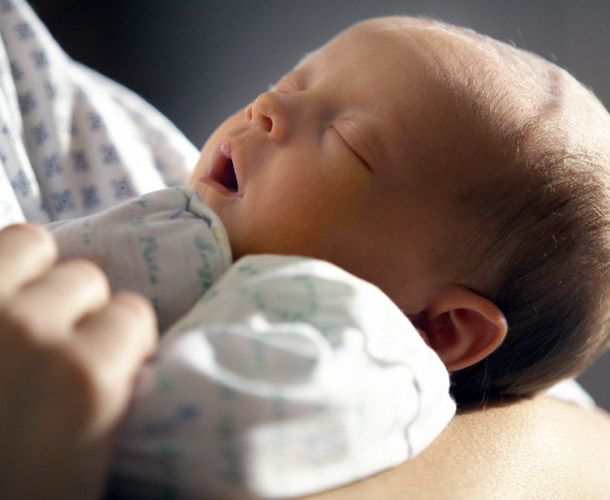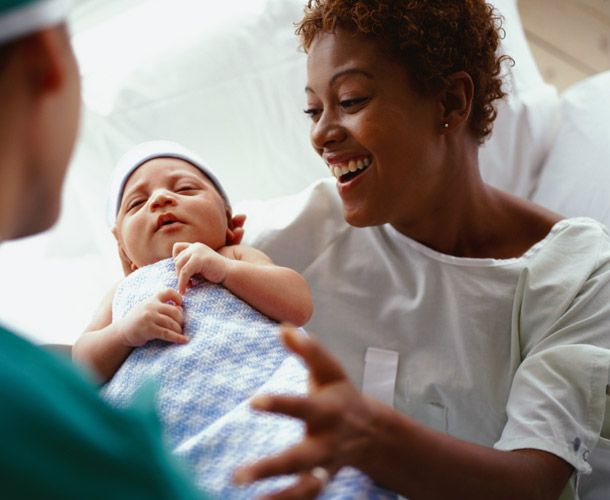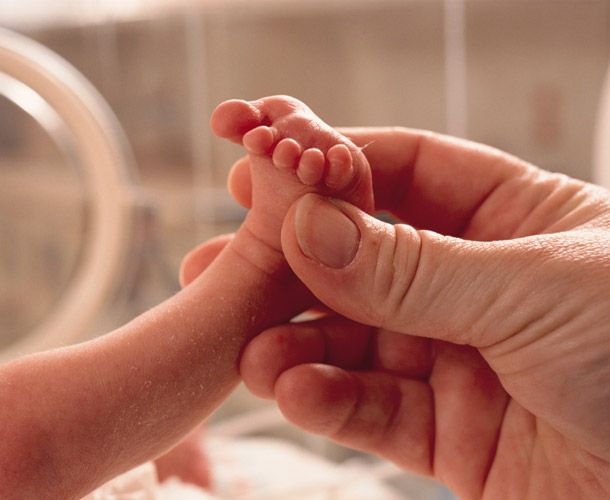This week, Shakira and Gerard Pique welcomed their first child into the world. Milan Pique Mebarak was born at 9.36pm in Barcelona, weighing in at 2.7kg, and it is being reported that the little boy arrived via caesarean section. These days celebrity and caesareans seem to go hand-in-hand - or so popular thought would have us believe.
With the number of caesareans seemingly on the rise, and the phrase 'Too Posh To Push' part of our everyday language, there is a belief that more and more women, famous or not, are electing to have the operation rather than give birth naturally.But what's the truth? HELLO! Online takes a look at the c-section… What is a Caesarean section?A Caesarean section is an operation to deliver a baby that invokes making a cut in the front wall of a woman's tummy and womb. It will take place under regional anesthetic where the lower part of your body is numbed and usually takes between 30-45 minutes.The operation can either be: Planned (elective) - when a medical need for the operation becomes apparent during pregnancyorEmergency - when circumstances during labour call for the urgent delivery of the baby.
Why a Caesarean section might take placeUsually a Caesarean section will be carried out when a vaginal birth could put you or your baby at risk. This could be because of:- Premature labour- Labour not progress naturally - Your baby is in breech position (feet first)- You have low-lying placenta (covering part of the womb entrance)- You have an infection- You have already had two or more caesarean sections- You have a medical condition such as heart disease or diabetes- You have severe pre-eclampsia or eclampsia, making it dangerous to delay the birth- Your baby is not growing as well as he/she should be in your womb- Your baby is lying in a sideways (traverse) position, or keeps changing position (unstable lie)- Your pelvis is too small or an awkward shape
Expectant women are not immediately entitled to a caesarean section if they do not have a physical/mental need for it. If you do request the operation, you will be asked why and be given all the information about the risks and benefits. If you still want to go ahead, you should still be allowed to have the operation. Because it is major surgery, many women elect to have a natural birth after this discussion.Risks and recoveryThere is a certain amount of risk that comes with caesarean section because of the severity of the survey involved. It will also take longer to recover from a caesarean section than it would from a vaginal birth; typically you will need to spend three to four days in hospital. One a c-section, always a c-section?Not necessarily.It totally depends on why you had you first caesarean. It may be that your baby was for that way for a reason specific to that pregnancy - breech or if you had pre-eclampsia - in which case you would not need to have a c-section the next time around.This is known as a vaginal birth after caesarean (VBAC - pronounced veeback). Around three quarters of women who have had one caesarean go on to have a natural birth. If you are unsure, ask to see your hospital notes from your last caesarean to help clarify whether you are likely to have problems with a VBAC.
How common is it?According to BabyCentre, you have a 24 per cent chance of having a caesarean section. If you have already given birth by caesarean, your chances rise to 67 per cent. Like many Western countries, the caesarean rate has increased over the last 15 years. This is for a number of reasons and the following factors have all helped make caesareans more popular.The operation is safer, thanks to better care, and improvements in the way pain relief, antibiotics and transfusions are given.Better survival rates for premature babies Social changes; caesareans are more common in older women, and more women are now choosing to have children later in life.Older woman are also more likely to have twins or triplets. The caesarean rate is higher in multiple births, and as more couples use methods like IVF to conceive, the number of twins/triplets rises.Contrary to poplar belief, more women are not choosing to have caesarean sections. The number of women who want a planned, or elective, c-section without reason is small. Most ask for one because they have already had one, or have previously had a traumatic birth.












